A tyke's look, he is one of the contender for the up and coming age of Aceh, as though he were stating "this is me!"
Conceived of a poor family in Langkahan, Aceh Utara[map]. Nobody can truly anticipate the course of life that will be had later.
Time to discover.
there is no better approach to spend a late spring day than to get out on the water and investigate the secret that is the dark blue ocean, and ideally encounter a portion of the great animals that live in it and on it.
Regardless of whether you are capturing on shore or from a pontoon, there are a couple of tips that will enable you to enhance your marine natural life photography. Submerged photography, however, is a completely unique thing, with an alternate arrangement of systems, that are not shrouded in this article.
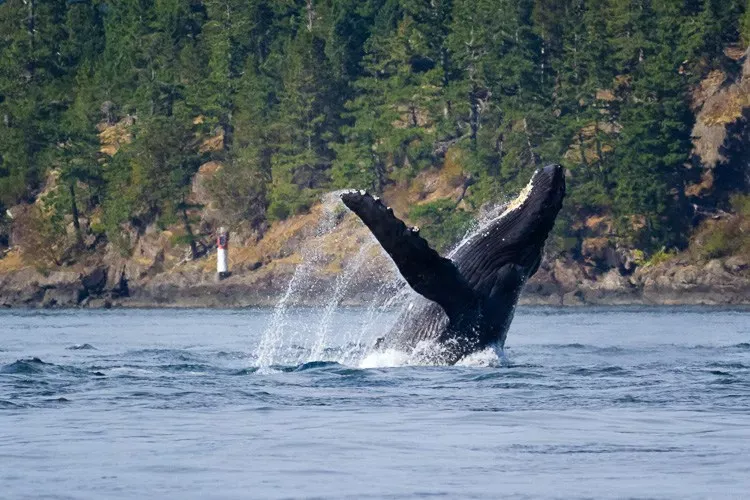
Humpback whale breaking close Campbell River, British Columbia
The photographs in this article were altogether made in the chill waters the west bank of North America, however similar tips apply to marine photography everywhere throughout the world.
1 – Explore the Shore
How about we begin with the shore where you'll discover a wide range of ocean animals. Check the tide tables, and on the off chance that you can locate a rough shoreline at low tide. You'll find every one of the creatures that live in the shallow tide pools, for example, urchins, ocean anemones, starfish, mollusks and crabs.
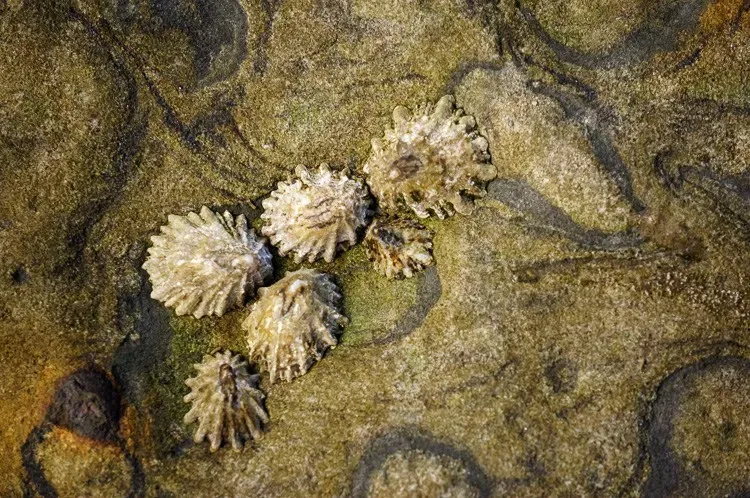
Mollusks in a Tide Pool in Big Sur, California
With the exception of the crabs, they don't appear to mind your quality one piece, so you can get some work on shooting the animals that don't see you. Crabs now and then focus, yet in the event that you don't get excessively close, you may discover they leave the tide pools, and out from under rocks, and now and then put on somewhat of a show. I shot this crab in Big Sur, California, where it turned out from a break in the stones, and continued to make a wide range of rises as it started shedding.
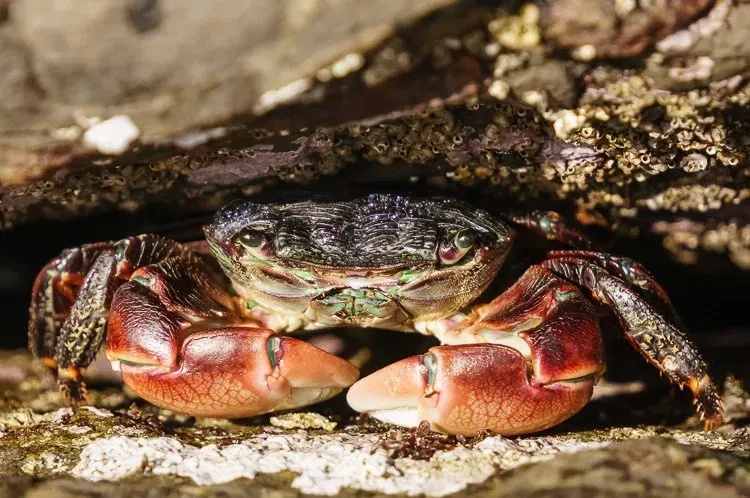
Crab at Big Sur, California
Close to shore, you may also be able to photograph sea otters and river otters (which are also found in salt water). Like other animals, given enough space and time to get used to you, they will go about their daily tasks in your presence, even looking directly at you (and your camera) allowing you to make images that feel intimate.
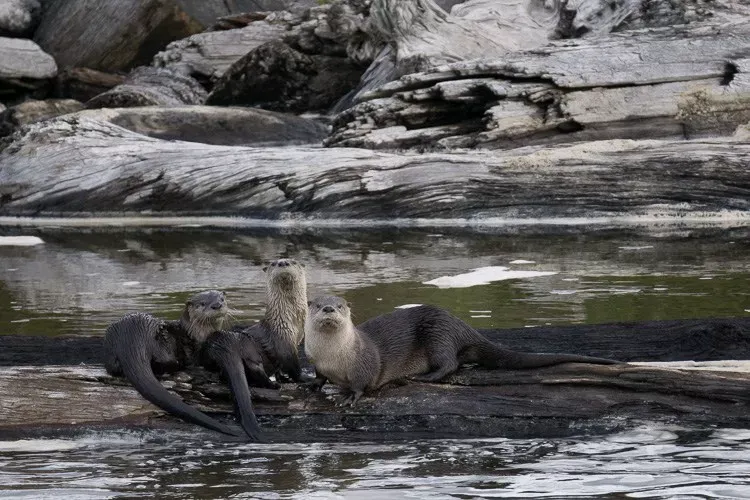 ![44444.png]
![44444.png]
River Otters, Redwood National Park, California
You’ll also find all kinds of sea birds to photograph such as gulls, geese, ducks, cormorants, and eagles.
2 – Get Out in the Deep
My favourite way to photograph marine wildlife is to get out in a boat. Whether you kayak, row, paddle, sail or use a power boat, there’s nothing like the freedom a boat gives you when it comes to exploring the ocean and finding wildlife. If you don’t have access to a boat, consider renting one. Or, try a whale watching tour, which are well worth the money for the photo opportunities they provide including whales, dolphins, seals, and sea lions.
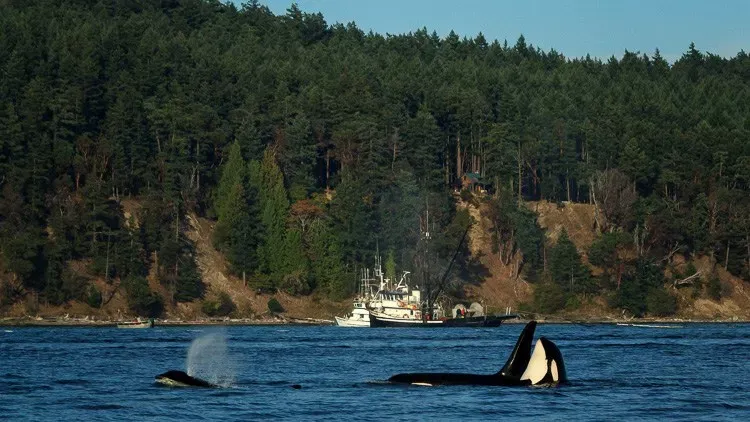
Orcas and commercial fishing boats near San Juan Island, Washington.
Weather makes all the difference between an enjoyable day on the water, and those days that make you feel a little on the green side. Check the weather forecast before choosing your day, and once you are out there, keep an eye on changing conditions to stay safe.
If you are driving the boat yourself, and you expect some choppy seas, you should keep your camera safe and dry while underway. I store mine in a Pelican case, which is shockproof and waterproof, so I don’t have to worry about my camera while driving the boat. When shooting, try not to get splashed because salt water can do a lot of damage to your camera.
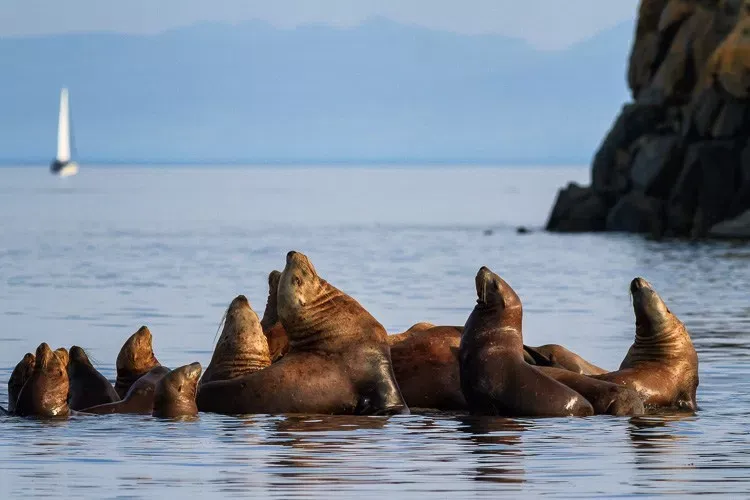
Sea lions basking on rocks near Vancouver Island, British Columbia.
3 – Shoot Handheld
For marine wildlife photography, shooting handheld gives you the freedom to move quickly, as the animals do. Unless you are photographing animals that don’t move very much in the tide pools, a tripod or monopod can slow you down and you’ll likely miss the shot. They are also not very practical on boats.
Instead, use a high ISO, a fast shutter speed, and shoot handheld. Remember to turn your image stabilization on to prevent any camera shake blur. I usually start out with ISO 400 and a shutter speed of 1/1,000th of a second, then make changes based on lighting conditions and the speed the animals are moving. For dolphins and whales, an even faster shutter speed may be required.
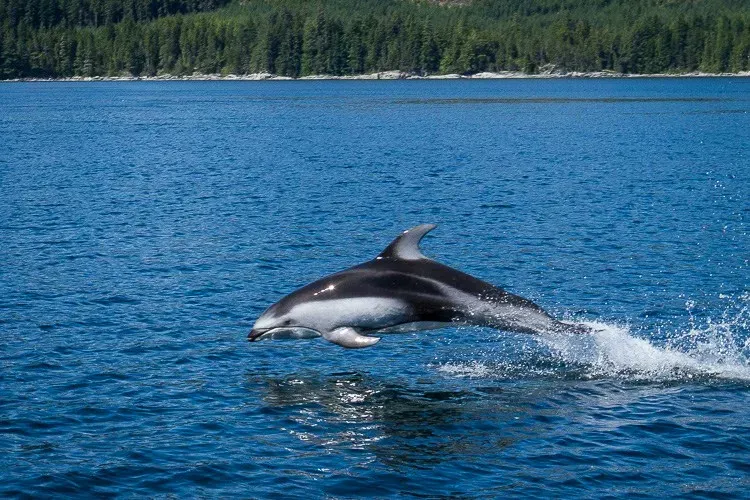
Pacific White Sided Dolphin in Johnstone Strait, British Columbia
4 – To Polarize or Not?
When shooting in tide pools, a polarizing filter can be helpful to cut through the glare of light reflecting off the surface of the water, and allow you to see through to the creatures that are underwater. Aside from that however, I don’t generally use a polarizing filter because the cost of doing so is about one stop of light. If I’m not trying to see through the water, I would rather have that stop of light for a faster shutter speed, or a lower ISO for better image quality.
5 – Lenses
You’ll need a variety of lenses for shooting marine wildlife. If you are shooting birds and whales, you’ll need a long telephoto lens to get you close enough to make an image with impact. I like to use a 70-300mm zoom lens or a 400mm prime lens for most of my marine wildlife photography.
Dolphins, on the other hand, will require a wide angle lens because they tend to get very close to the boat. My favourite lens for dolphins is my 11-35mm. So bring a variety of lenses along, and just make there is no salt water spraying around when you switch lenses.
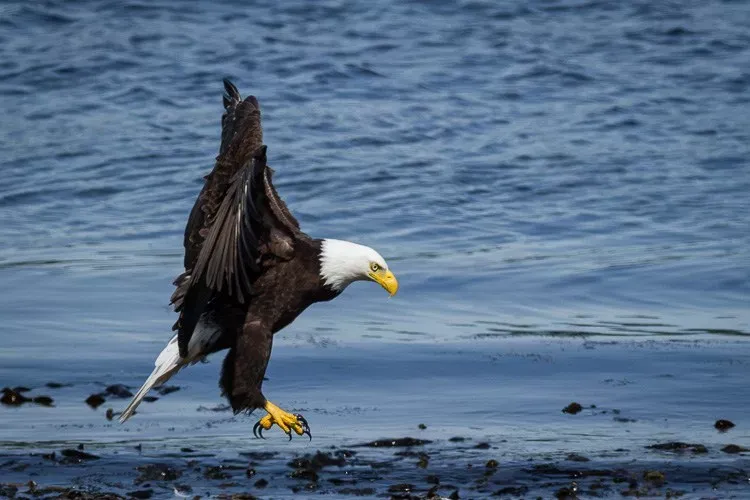
Bald Eagle in Campbell River, British Columbia.
6 – Focus Modes
When photographing the creatures that don’t move too much, one shot auto focus or even manual focus is fine. But when shooting animals that move fast, you’re better off using continuous autofocus mode because it locks on to your subject and tracks its movement, increasing your chances of getting a sharp image. It’s not easy though. Getting focus fast enough to capture the moment is probably the biggest challenge in this type of photography.
7 – Respect the Animals
When you are so close that your presence changes the animal’s behaviour, you are too close. Respect their space by using a longer lens, instead of getting too close. Don’t forget, in most areas there are rules about how close you can get to marine wildlife, especially whales. Usually it is around 100 meters or 100 yards, so check the rules (laws) in your area before heading out.
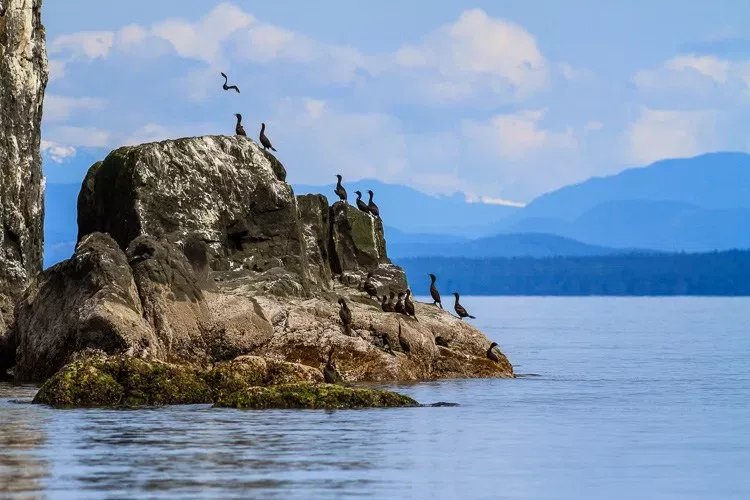
Cormorants on Middlenatch Island, British Columbia.
I hope these tips help you capture the sometimes elusive, but majestic creatures of the sea, the next time you explore the shoreline or go on a boating adventure.
source : https://digital-photography-school.com/7-tips-better-marine-wildlife-photography/